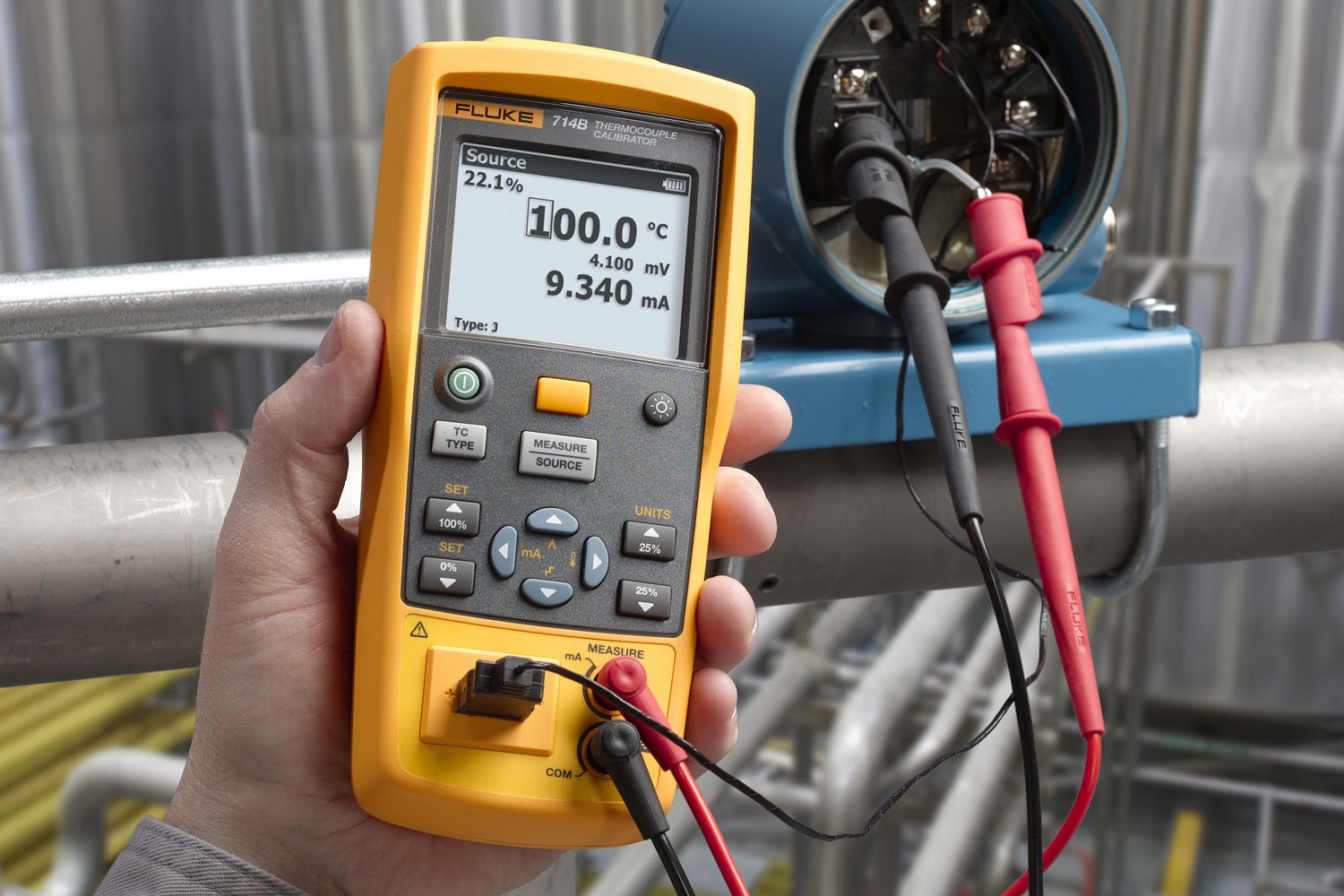Multifunction calibrator tools

Fluke Multifunction Calibrator Process Tools are designed to calibrate almost anything. These calibrators source, measure and simulate almost all process parameters, and documenting versions even document the results. The Fluke 754 does the work of several tools - sourcing, simulating and measuring pressure, temperature, and electrical signals in one compact, hand-held device. The Fluke 726, specifically designed for process industries, measures and sources almost all process parameters and can calibrate almost anything in the plant.
Fluke Multifunction Calibrator Process Tools are designed to calibrate almost anything. These calibrators source, measure and simulate almost all process parameters, and documenting versions even document the results. The Fluke 754 does the work of several tools - sourcing, simulating and measuring pressure, temperature, and electrical signals in one compact, hand-held device. The Fluke 726, specifically designed for process industries, measures and sources almost all process parameters and can calibrate almost anything in the plant.
Find the right pressure calibrator
Find the right pressure calibrator
Multifunction calibrator solutions
There is no one size fits all calibrator that meets the requirements of all users.
Our process calibration tools product selector can help you choose the right process calibrator for the task you need to perform.
Best value
Best overall
For experts
Fluke 753 Documenting Process Calibrator
The 753 does the work of several tools – sourcing, simulating and measuring pressure, temperature,...
Fluke 154 HART Communicator
The Fluke 154 is a standalone tablet based HART® communication tool. The tablet configured with the...
Fluke 726 Precision Multifunction Calibrators
Calibrate thermocouples and RTD temperature instruments
Fluke 700PCK Pressure Calibration Kit
The Fluke 700PCK makes it possible to calibrate your pressure modules at your facility using your...
Fluke TL80A Basic Electronic Test Lead Kit
Test leads are an integral part of the complete measurement system and extend the capabilities of...









